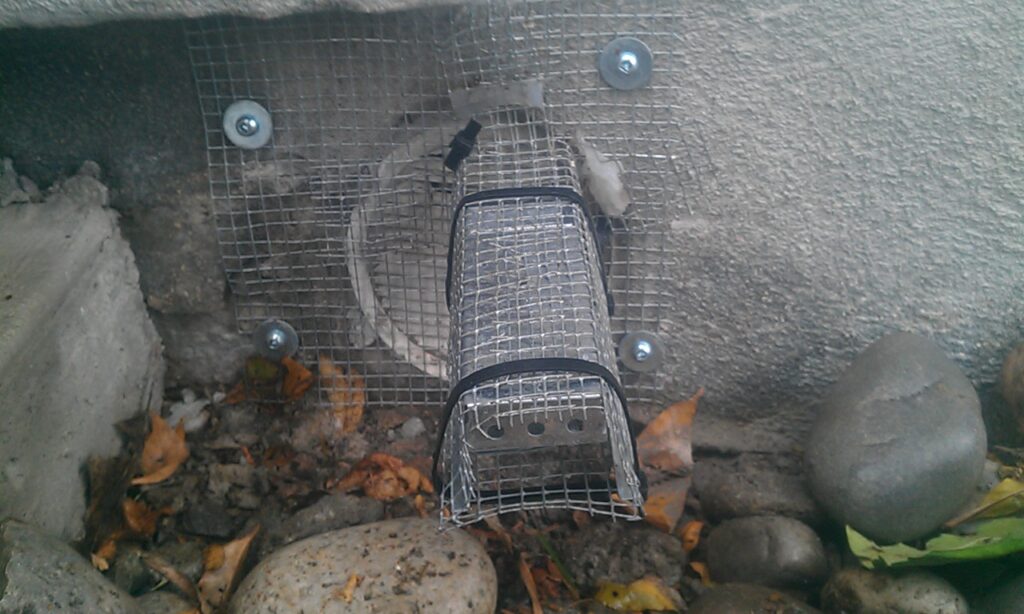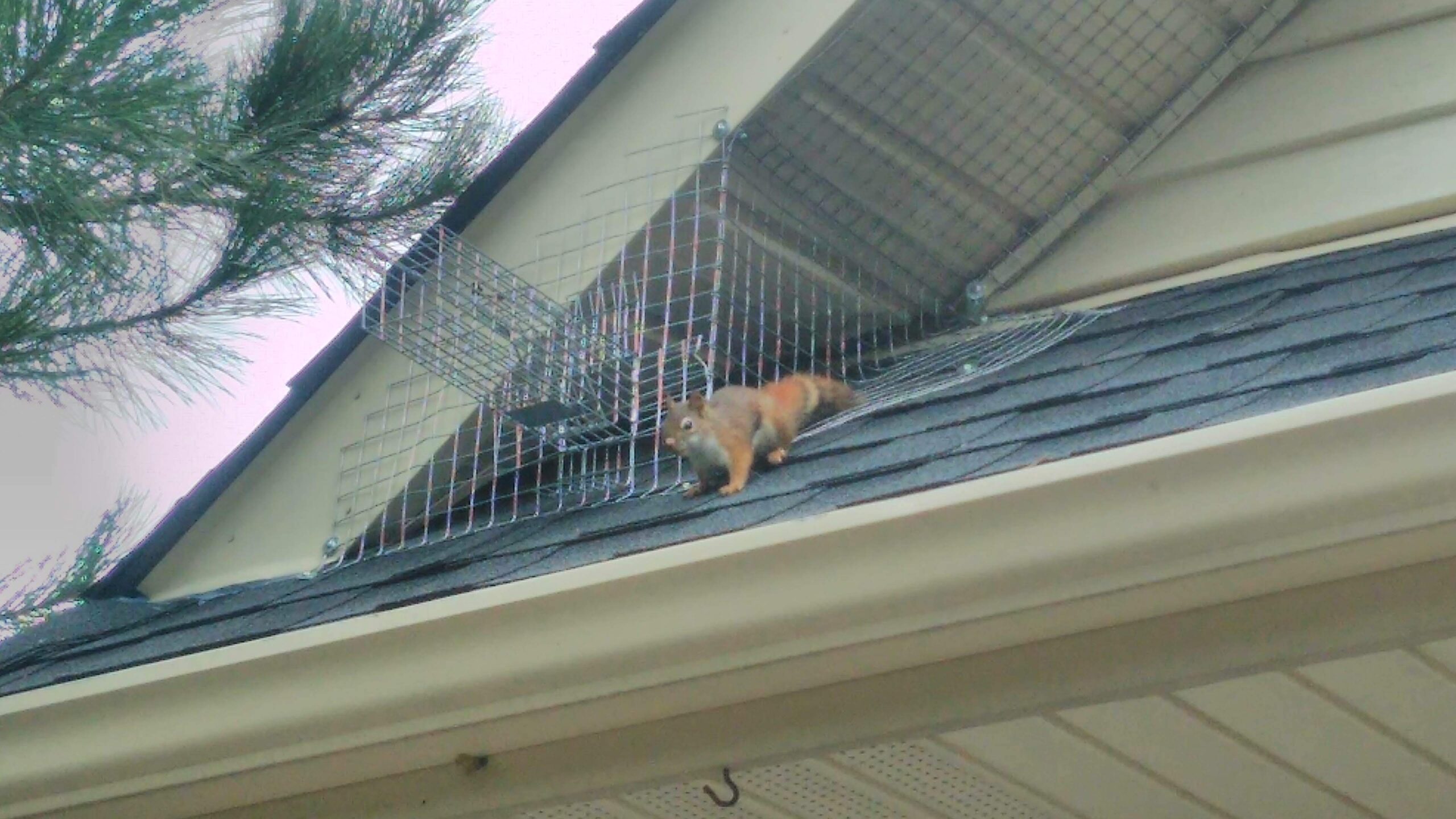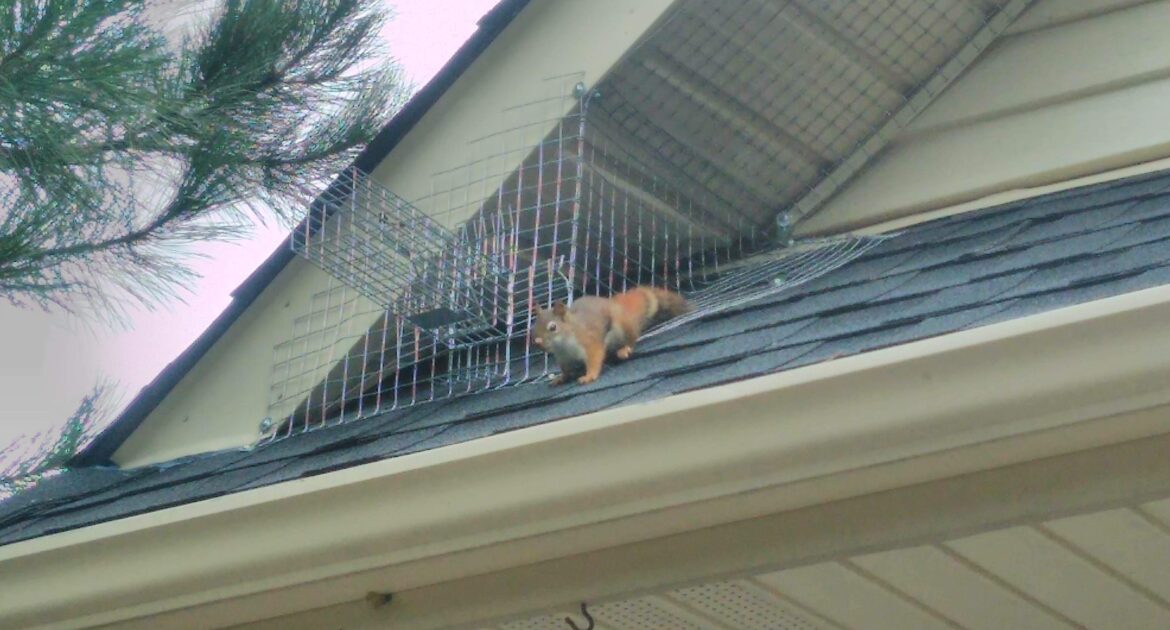When contacting wildlife removal in Ajax for squirrel removal, you will likely discuss exclusion methods. The most effective tool is the one-way door. The device looks like a wire trap, but it is open on both ends. However, the end of the gadget connected to the house or building09 has wings or flanges. The squirrel can only push out of the space, meaning it cannot return once it is out.
While one-way doors are helpful, they require other wildlife removal tactics and prevention methods to be efficient. The door alone will not protect against different entry points, or internal food and water sources.
Are One-Way Doors an Effective Removal Method?
When combined with other removal and prevention techniques, the one-way device is an effective removal method. The door uses torsion-springs that lift to allow a squirrel through but will not raise to enable it to return. The springs only move in one direction.
The one-way tool is only effective when paired with a complete exclusionary plan. Before using this device, a wildlife technician needs to ensure that all other entry points are sealed.
A squirrel is a capable chewer, and it can squeeze its body through a hole as small as two inches. If there are any vulnerabilities around your home that can be made large enough or are large enough already, a squirrel will find their way back into its nest.
How Does the Door Work?
There are two types of exclusionary doors, one that uses springs and one that acts as a funnel, narrowing towards the exit. The spring option is often more effective because its design is more mechanical with little room for error.
The squirrel funnel is still an effective deterrent and exclusionary device, but there is the possibility a persistent squirrel might make its way back inside, depending on its size. The funnel is designed wider at the connection point to the house, and it gets increasingly narrower towards the exit. The hole at the exit is large enough to allow squirrels to squeeze through the exit but not return through it.

Are There Other One-Way Doors for Other Species?
There are multiple types of one-way doors for various species of wildlife. You can find these devices ranging in size to accommodate various animals, from raccoons to mice.
The primary reason wildlife experts prefer these doors and other exclusionary tactics is because they are humane removal methods. While it is natural to want to remove wildlife from your home as quickly as possible, the animal has done nothing wrong by entering your home through vulnerabilities.
Animals only want to find shelter, warmth, and a reliable food source. They do not interpret human boundaries or barriers to mean anything. To wildlife, if there is a way inside a structure, it will find it, because structures often mean safety.
What Else Is Necessary To Remove Wildlife From Your Home?
While a one-way door is an excellent tool, it is not your first line of defence or removal. The first option is to call in wildlife experts to assess the property and determine all entry points into your home.
Once the experts know where the entry points and nests are located, they can create a removal plan, including sealing all vulnerable areas and installing one-way exits. However, the exclusion will only work with effective prevention, which requires continued maintenance of the property.
People are often tempted to perform DIY wildlife removal, but that is often ineffective and costly. If you have a squirrel problem or suspect the animal is nesting in your attic, contact Skedaddle Humane Wildlife Control for property assessment and exclusion options.




